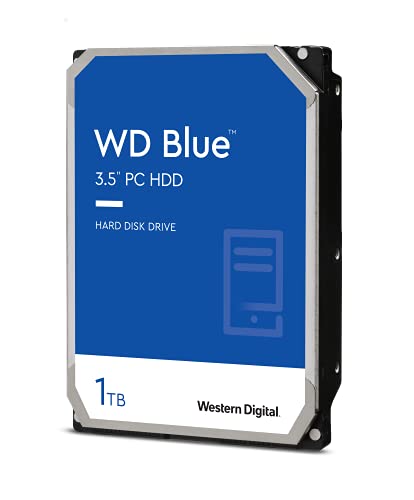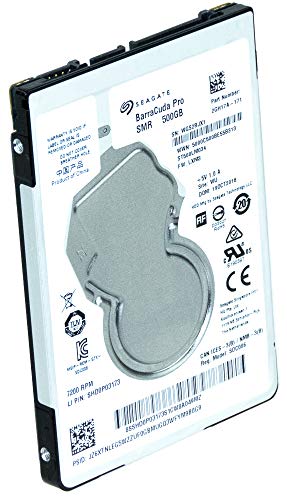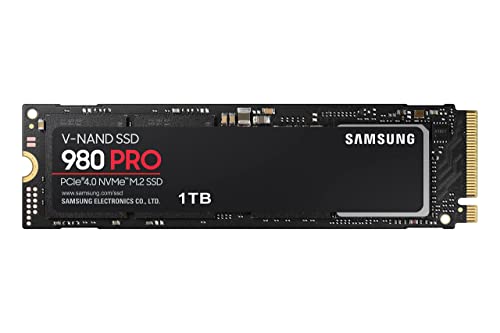**Introduction**
Solid State Drives (SSDs) have revolutionized computing by significantly reducing boot times, improving application responsiveness, and streamlining digital workflows. Their impact is evident in everything from gaming and content creation to enterprise data management. This article examines how SSD technology has evolved, the key benefits they provide, and how integrating SSDs into your system transforms overall performance and efficiency.
**Technological Innovations**
- **Flash Memory Advancement:**
SSDs leverage NAND flash technology that has dramatically improved read/write speeds and durability compared to traditional HDDs. Advancements in controller technology further enhance reliability and data integrity.
- **NVMe and M.2 Form Factors:**
The adoption of NVMe interfaces and M.2 form factors allow SSDs to connect using high‑speed PCI‑Express lanes, leading to ultra‑rapid data access, minimal latency, and incredibly compact designs.
- **Improved Power Efficiency:**
Reduced power consumption and the absence of moving parts in SSDs contribute to lower heat generation, leading to quieter system operation and enhanced energy efficiency.
- **Advanced Firmware Algorithms:**
Firmware that supports wear‑leveling, error‑correction, and dynamic power management ensures that SSDs maintain peak performance over long-term use, even in demanding environments.
**Applications and Benefits**
- **Accelerated Boot and Load Times:**
Systems installed with SSDs boot within seconds and launch applications almost instantaneously, significantly increasing productivity.
- **Enhanced Creative Workflows:**
For video editors, graphic designers, and animators, SSDs reduce rendering times and improve responsiveness, making content creation more efficient.
- **Improved Gaming Performance:**
Gamers benefit from reduced loading times and smoother gameplay, providing a competitive edge in fast‑paced environments.
- **Reliable Data Storage:**
With superior durability and fewer moving parts, SSDs offer long‑term reliability, minimizing the risk of data loss due to mechanical failure.
**Future Directions**
The future of SSDs looks toward even higher capacities and faster NVMe speeds as new flash memory technologies are developed. Integration with AI‑powered storage management and dynamic caching solutions may further optimize performance, ensuring that SSDs continue to be the preferred choice for high‑performance computing and data-intensive applications.
**Keywords:** SSD, NVMe, M.2, flash memory, fast boot times, digital workflows, high‑performance storage, low‑latency, content creation
The SSD Revolution
Transforming Performance in Digital Workflows
Related Articles
Essential High-Performance PC Components You Need Now
Upgrade your setup with the must-have parts for unbeatable gaming and productivity
Top Picks for Best High-Performance PCs
Find the perfect power machine for gaming, work, or creative projects
Your Guide to the Best High-Performance PCs
Find the Right PC for Your Gaming and Creative Needs
View our related products
See more






